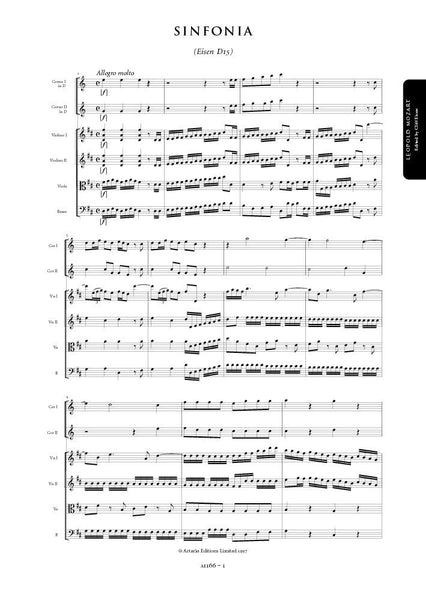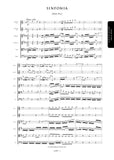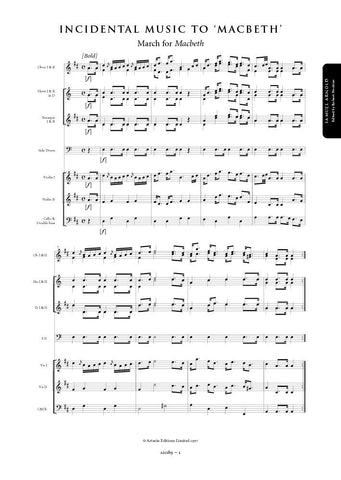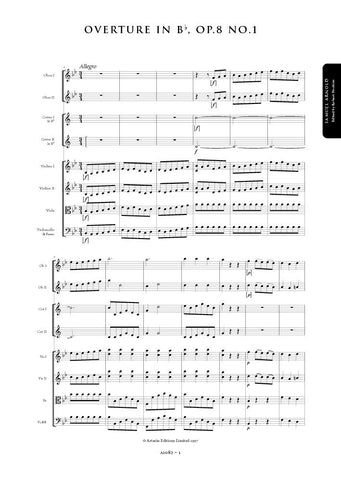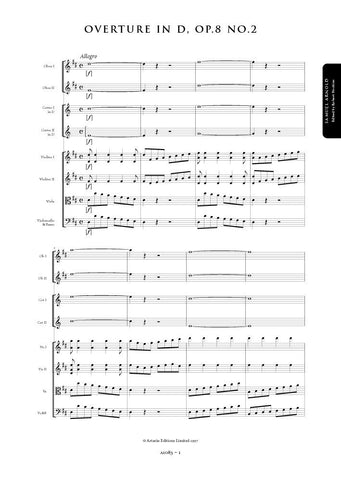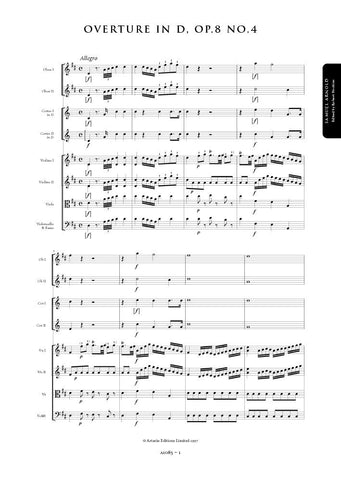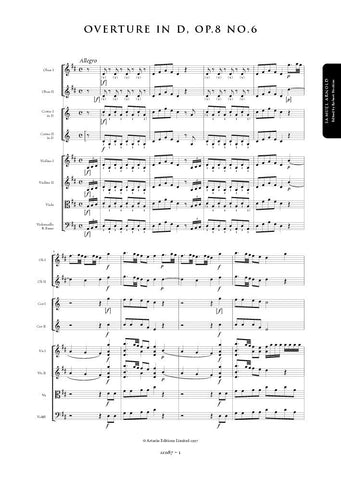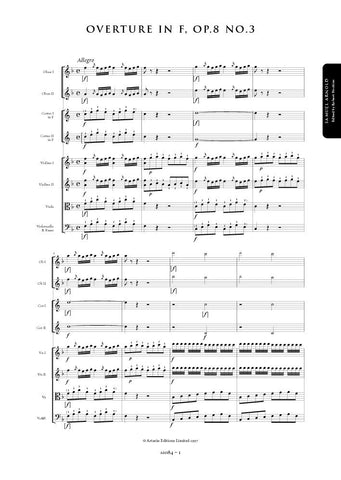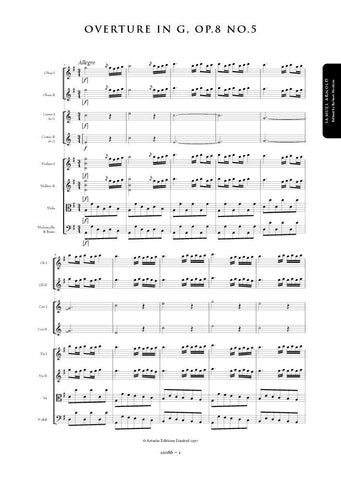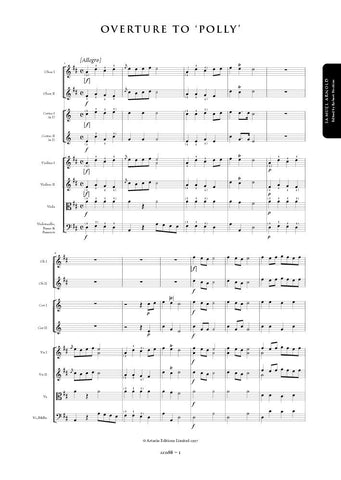Mozart, Leopold: Symphony in D major (Eisen D15) (AE166) – sheet music
Previous Product Next Product
Description |
Mozart, Leopold (1719-1787)
|
||||||||||||||||||
Audio sample |
|||||||||||||||||||
Details |
At first glance, the symphony D15 (Seiffert 3.17) appears to be of uncertain authenticity. It survives in three sources: Salzburg,Museum Carolino Augusteum, shelfmark Hs.1898, an incomplete source, attributed to Leopold Mozart and copied in Salzburg before ca 1772; Regensburg, Thurn und Taxis Hofbibliothek, shelfmark Galuppi 11, also a Salzburg copy but lacking a title-page and contemporary attribution; and Augsburg, Universitätsbibliothek, shelfmark HR 4o 882 (formerly part of the Oettingen-Wallerstein collection), an incomplete copy (only the two violins are extant) lacking a title-page and contemporary attribution but with a later note crediting the work to Galuppi. Nevertheless, it seems clear that the symphony is by Leopold. Of the three surviving sources, only the Salzburg Museum manuscript has a contemporary attribution, to Leopold Mozart; it is written on Salzburg paper by a local copyist whose hand is also known from the collection at St Peter's. Similarly, the only complete source for D15, the Regensburg copy, is also partly on Salzburg paper and by a Salzburg copyist (whose hand is not found among the other Galuppi symphonies in the collection). The attribution to Galuppi apparently stems from the unreliable Thurn und Taxis catalogue of ca 1790. A stemma of the sources shows that the Salzburg Museum copy is closer to the now-lost autograph than either the Oettingen-Wallerstein and Regensburg parts; and that the Oettingen-Wallerstein manuscript, the first to transmit the Galuppi attribution, is the most distant from the original. On balance, then, the lack of a convincing contemporary attribution to Galuppi, as well as the survival of a contemporary Salzburg source attributing the work to Leopold Mozart, together with a second, unattributed source at least partly copied in Salzburg to say nothing of the typical style of the work speaks strongly in favour of Leopold Mozart's authorship. This edition is based primarily on the Salzburg Museum and Regensburg parts. Editorial dynamics and other articulations are given in brackets; editorial slurs are dotted. No distinction is drawn between staccato dots and strokes; as his violin treatise, autographs and authentic performing parts show, only one symbol was employed by Leopold Mozart (and later by Wolfgang): the stroke, which indicates varying shades of accent and articulation, depending on the context. The only instance in which Leopold notated dots was under slurs. Additionally, slurs have not been automatically added to connect grace notes and main notes. Although Mozart's Gründliche Violinschule prescribed the universal performance of such slurs, even in cases where they are not notated, irregularities in musical orthography, changes in musical style, and the specific contexts in which grace notes appear, all suggest that this 'rule' may not have applied in numerous instances. As with most aspects of eighteenthcentury performance, the performance of slurs, articulation, tempo and ornamentation are subject to 'good taste'. Obviously wrong notes and rhythms have been corrected without comment. Cliff Eisen |
||||||||||||||||||
Score Preview (best viewed in full screen mode) |
|||||||||||||||||||




